Huge Antarctic glacier the size of Great Britain is 'within decades' of collapsing into the sea
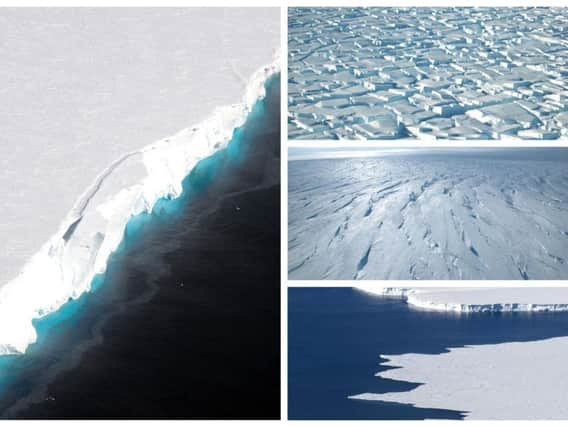

The full list of roads closed in Leeds during the Tour de YorkshireThe Thwaites Glacier in West Antarctica covers 182,000 square kilometres - an area the size of Great Britain - and is one of the biggest in the world.
However it is quickly thinning, losing around 50 billion tonnes of ice every year, scientists say.
Advertisement
Hide AdAdvertisement
Hide AdThe UK Natural Environment Research Council (NERC) and the US National Science Foundation (NSF) will deploy scientists to investigate what is causing ice loss at the glacier, how quickly it could collapse and how that would impact global sea levels.
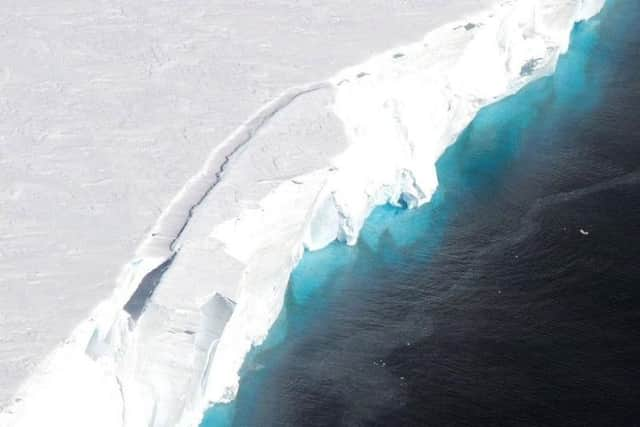

The pictures which will put a smile on the face of every Leeds United fanThe five-year programme, called the International Thwaites Glacier Collaboration (ITGC), is the largest to be undertaken by the UK and US together in more than 70 years.
Professor Duncan Wingham, chief executive of NERC, said: "The fate of the Thwaites Glacier is one the big unknowns in Antarctic science.
"We currently do not know enough about the likelihood, timing and magnitude of the collapse of West Antarctic glaciers such as Thwaites for countries to be able to plan accordingly.
Advertisement
Hide AdAdvertisement
Hide Ad"NERC and NSF, working together, are uniquely placed to attempt to reduce the scientific uncertainty about these unknowns, providing answers to one of the most important questions facing us about global sea-level rise."
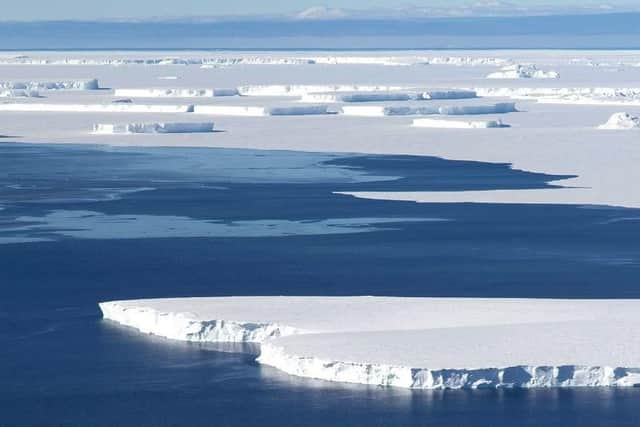

Yorkshire weather: Ground frost expected in Yorkshire tonight but will we escape the deluge?Glaciers contribute to sea-level rise when more ice is lost to the ocean that is replaced by snow.
Scientists fear the collapse of both Thwaites Glacier and Pine Island Glacier, two of the biggest and fastest retreating in Antarctica, could cause sea levels to rise by over a metre.
It is also thought that without them the entire West Antarctic Ice Sheet could be more likely to collapsing, leading sea levels to rise by over three metres.
Advertisement
Hide AdAdvertisement
Hide AdAround 100 scientists from the UK and US will work with researchers from South Korea, Germany, Sweden, New Zealand and Finland to try to understand the changes.
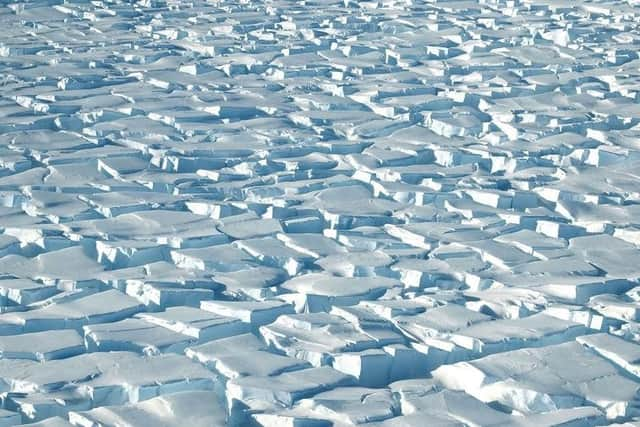

The nearest research centre is more than 1,600 kilometres away from Thwaites Glacier and moving scientists around will require both aircraft and marine support.
Dr. William E. Easterling, assistant director for the NSF geosciences directorate, said: "Satellites show the Thwaites region is changing rapidly, but to answer the key questions of how much, and how quickly sea-level will change in the future requires scientists on the ground with sophisticated equipment collecting the data we need to measure rates of ice-volume, or ice-mass change.
"The challenges of conducting fieldwork of this scope and scale in such remote locations are enormous.
Advertisement
Hide AdAdvertisement
Hide Ad"The only practical way for nations to do this is to work collaboratively, each bringing their resources, both scientific and logistical, to enable complex and comprehensive field studies."
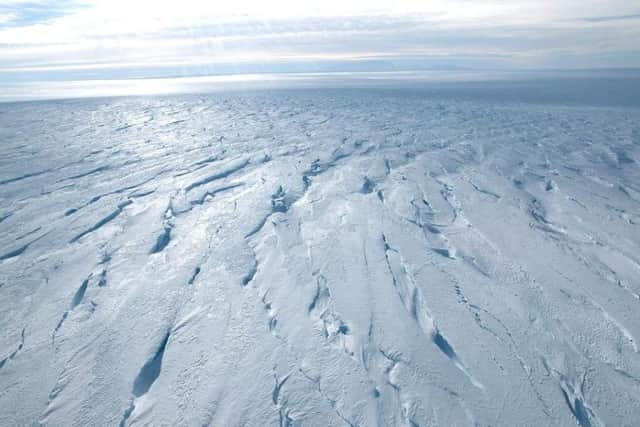

Science Minister Sam Gyimah said: "Rising sea levels are a globally important issue which cannot be tackled by one country alone.
"The Thwaites Glacier already contributes to rising sea levels and understanding its likely collapse in the coming century is vitally important."
Around £20 million will be used to fund eight individual research projects, with the programme set to begin in October 2018.